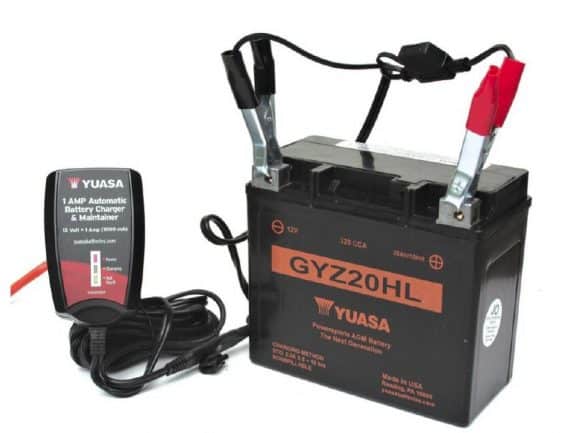mzflorida
Site Supporter
- Joined
- Jul 3, 2017
- Messages
- 1,452
- Reaction score
- 1,368
- Points
- 113
- Location
- Estero, Florida
There is more to it than just reduced voltage loss. Slower discharge, charging needs, vehicle CCA requirements, and at what point after the unmaintained battery will be called upon to start the vehicle are some of the variables that have to be considered as to whether or not the battery should be maintained. Also, the fact that a battery has reduced voltage loss while unmaintained does not consider that a frozen battery is irreparably damaged. Battery fluids are less electrolyzed when they are cold and more prone to freezing. Charging in very cold climates (properly) has different voltage requirements than in warm climates. Modern maintainers prevent batteries from freezing until somewhere around -76F. An uncharged battery can freeze at 32F. An unmaintained battery stored in "cold" environments will almost necessarily become unserviceable quicker than the same battery, maintained, in the same environment. I can 100% see the need for a "polar" charger if it addresses the charging requirements in colder environments, keeps the battery at 100%, and prevents it from freezing.There is certainly no problem or harm in using a maintainer, but my question is, why would a battery maintainer need to be more aggressive in a "polar" climate, when charging needs or necessity are actually reduced or eliminated?




